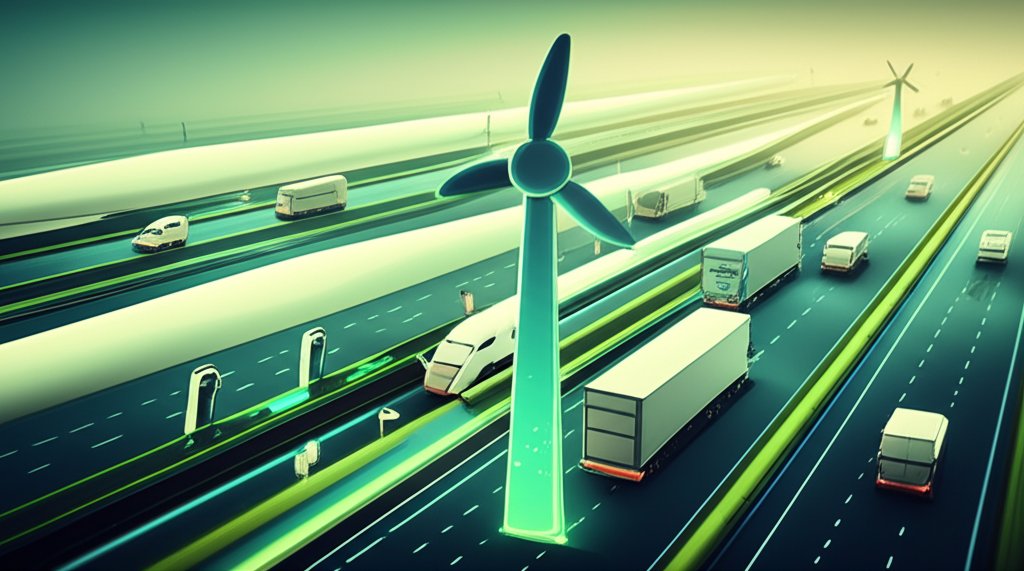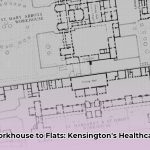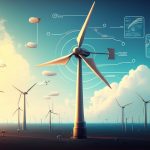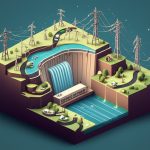Early Monday morning, a wind turbine blade being transported on I-70 near Hagerstown, Maryland, caused significant traffic delays and resulted in one injury, highlighting the challenges of transporting these massive components. The incident serves as a stark reminder of the scale and complexity involved in the renewable energy supply chain.
At a glance:
- A wind turbine blade being transported on a flatbed truck struck a guardrail on I-70, causing it to partially block eastbound lanes.
- The incident occurred around 5:30 a.m. near Exit 26 at Interstate 81.
- One person was injured and transported to a local hospital with non-life-threatening injuries.
- All lanes of I-70 were closed for several hours but reopened by 8:28 a.m.
- The incident highlights the logistical challenges of transporting large wind turbine components.
The I-70 Incident: A Detailed Look
According to the Maryland State Police and the Maryland State Highway Administration (SHA), the incident unfolded around 5:30 a.m. A tractor-trailer carrying a wind turbine blade westbound on I-70 struck a guardrail. This impact caused the blade to veer into the eastbound lanes, creating a significant obstruction.
Adding to the chaos, an eastbound tractor-trailer then “clipped” the errant blade, further compounding the problem. The scene, captured by a Maryland Department of Transportation camera, showed the massive blade sprawled across multiple lanes, impacting traffic in both directions.
Immediate Response and Recovery
The Maryland SHA immediately closed all westbound lanes of I-70 at I-81 and two eastbound lanes to address the situation. Heavy tow crews were dispatched and, after cutting out a section of the damaged guardrail, managed to move the truck and blade onto the westbound shoulder. All lanes were reopened to traffic by 8:28 a.m., but not before causing significant delays during the morning commute.
Injury and Aftermath
While the incident could have been much worse, one person was injured. A worker reportedly sustained a hand injury while trying to remove sections of the damaged guardrail. They were transported to Meritus Medical Center near Hagerstown with non-life-threatening injuries.
The Challenges of Wind Turbine Transportation
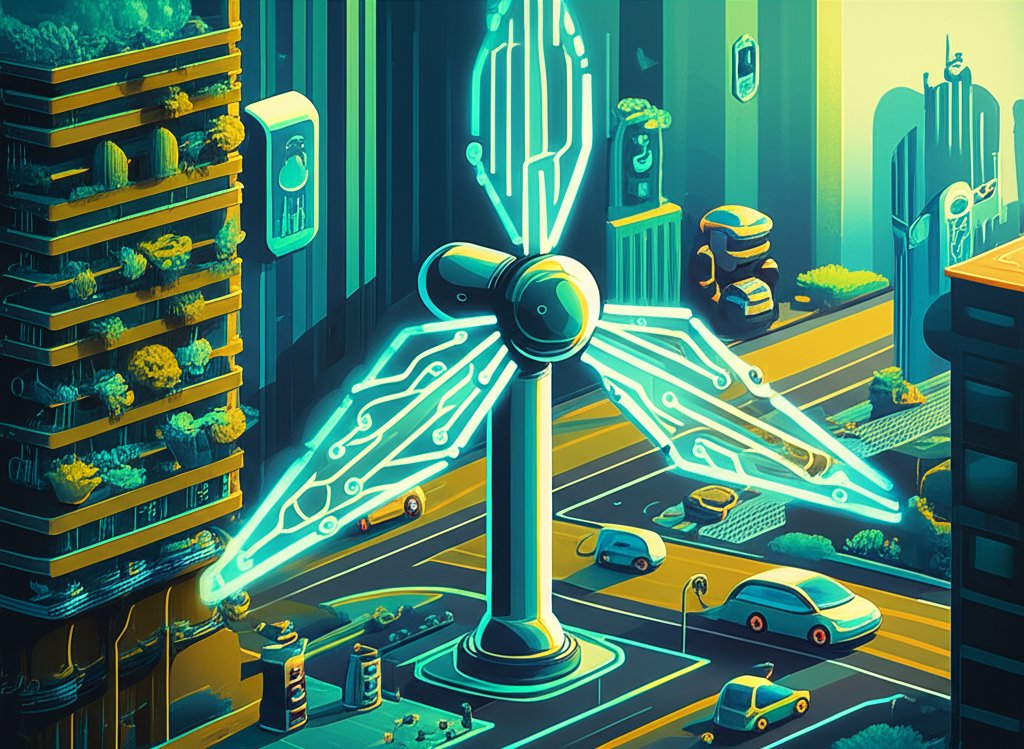
This I-70 incident shines a spotlight on the inherent difficulties of transporting wind turbine components. These blades, often exceeding 200 feet in length, present unique logistical challenges.
Size and Weight Considerations
Wind turbine blades are not only long but also relatively heavy, requiring specialized trailers and routing. Roads must be carefully assessed for weight restrictions, bridge clearances, and turning radiuses. Wind Turbine Spin Speeds are only one factor in determining a turbine’s efficiency; transportation hurdles are another.
Route Planning and Permitting
Transporting these massive components requires extensive route planning and permitting. State and local authorities must be consulted to ensure compliance with regulations and to minimize disruption to traffic flow. This often involves escort vehicles, temporary lane closures, and even detours.
Weather Dependency
Adverse weather conditions, such as high winds or heavy rain, can further complicate transportation efforts. Wind can make it difficult to control the trailer and blade, while rain can reduce visibility and traction. For example, the incident occurred just before 5:30 a.m., when visibility would have been limited.
Why Are Wind Turbines Getting Bigger?
You might be wondering why these blades are so large in the first place. The trend towards larger wind turbines is driven by the pursuit of increased energy production and efficiency.
Greater Energy Capture
Larger blades sweep a greater area, allowing them to capture more wind energy. This translates to higher electricity generation per turbine, leading to improved economic viability for wind farm projects.
Reduced Costs
While larger turbines require more upfront investment, they also offer economies of scale. Fewer turbines are needed to achieve a given energy output, reducing overall installation, operation, and maintenance costs. As technology improves, we may even see AI Turbines Harness City Winds optimizing placement of smaller, more efficient turbines in urban areas.
Improved Performance
Larger turbines are generally more efficient than smaller models, especially in areas with lower wind speeds. This is because they can capture more of the available energy, resulting in higher capacity factors (the percentage of time a turbine is generating electricity).
Preventing Future Transportation Mishaps
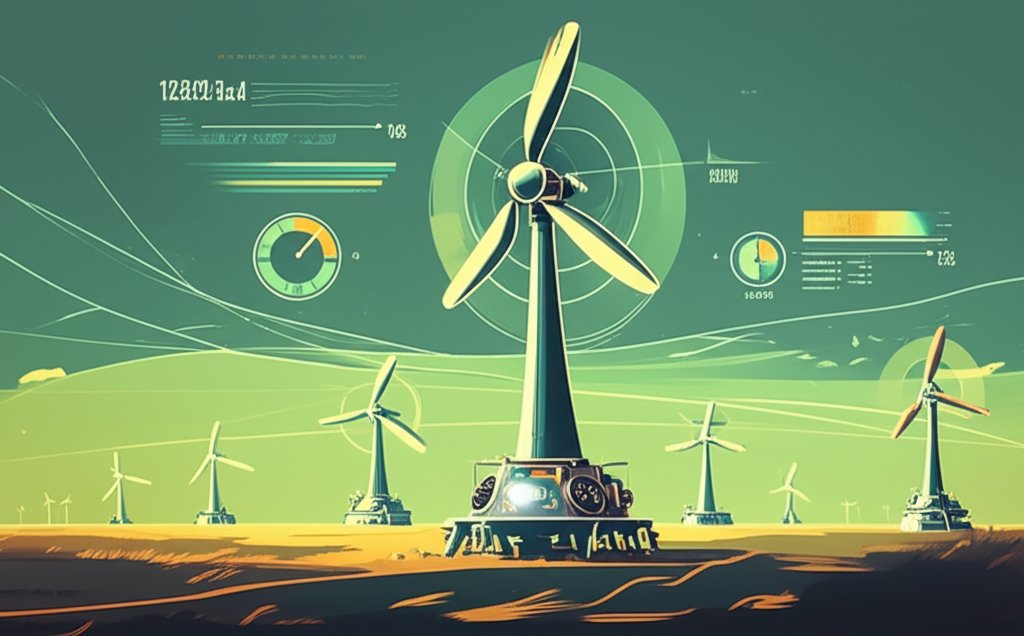
While accidents can happen, several measures can be taken to minimize the risk of future incidents involving wind turbine transportation.
Enhanced Route Surveys
Comprehensive route surveys should be conducted to identify potential hazards and bottlenecks along the transport route. This includes assessing bridge clearances, weight restrictions, and turning radiuses.
Improved Driver Training
Drivers transporting wind turbine components should receive specialized training to handle the unique challenges associated with these oversized loads. This training should cover topics such as load securement, maneuvering in tight spaces, and emergency procedures.
Real-Time Monitoring
Real-time monitoring systems can be used to track the location and condition of wind turbine shipments. This allows for proactive identification of potential problems and timely intervention.
Public Awareness Campaigns
Public awareness campaigns can help educate drivers and the general public about the presence of wind turbine shipments on the roads. This can encourage drivers to be more cautious and to give these oversized loads plenty of space.
Commonly Asked Questions
Let’s address some common questions about wind turbine transportation and safety.
Q: How are wind turbine blades secured during transport?
A: Wind turbine blades are typically secured to specialized trailers using a combination of straps, chains, and brackets. The specific methods used will vary depending on the size and weight of the blade.
Q: What happens if a wind turbine blade is damaged during transport?
A: If a wind turbine blade is damaged during transport, it will need to be repaired or replaced. The specific course of action will depend on the severity of the damage. Minor damage may be repairable on-site, while more significant damage may require the blade to be returned to the factory for repair or replacement.
Q: Are there specific regulations governing the transport of wind turbine blades?
A: Yes, the transport of wind turbine blades is subject to a variety of regulations at the federal, state, and local levels. These regulations cover aspects such as permitting, route planning, load securement, and driver qualifications.
Q: How much does it cost to transport a wind turbine blade?
A: The cost of transporting a wind turbine blade can vary widely depending on factors such as the distance traveled, the size and weight of the blade, and the complexity of the route. However, it is not unusual for the transport of a single blade to cost tens of thousands of dollars.
Looking Ahead: The Future of Wind Turbine Logistics
As wind energy continues to grow as a source of renewable power, the industry will need to continually refine its logistics and transportation practices. Innovations in blade design, transportation technology, and route planning will all play a role in making the movement of these massive components safer and more efficient.
The I-70 incident serves as a reminder of the challenges involved, but also as an opportunity to learn and improve. By prioritizing safety, investing in training, and embracing new technologies, the wind energy industry can ensure that its growth is sustainable and responsible. Moving forward, careful route selection and timing will be critical to avoiding future incidents.
- Hydro Extrusions USA Leads North American Aluminum Profile Solutions - December 28, 2025
- Hydro North America Leads Aluminum Extrusion Solutions Across Diverse Industries - December 27, 2025
- Hydro Extrusion North America Provides Custom Solutions Across Diverse - December 26, 2025
